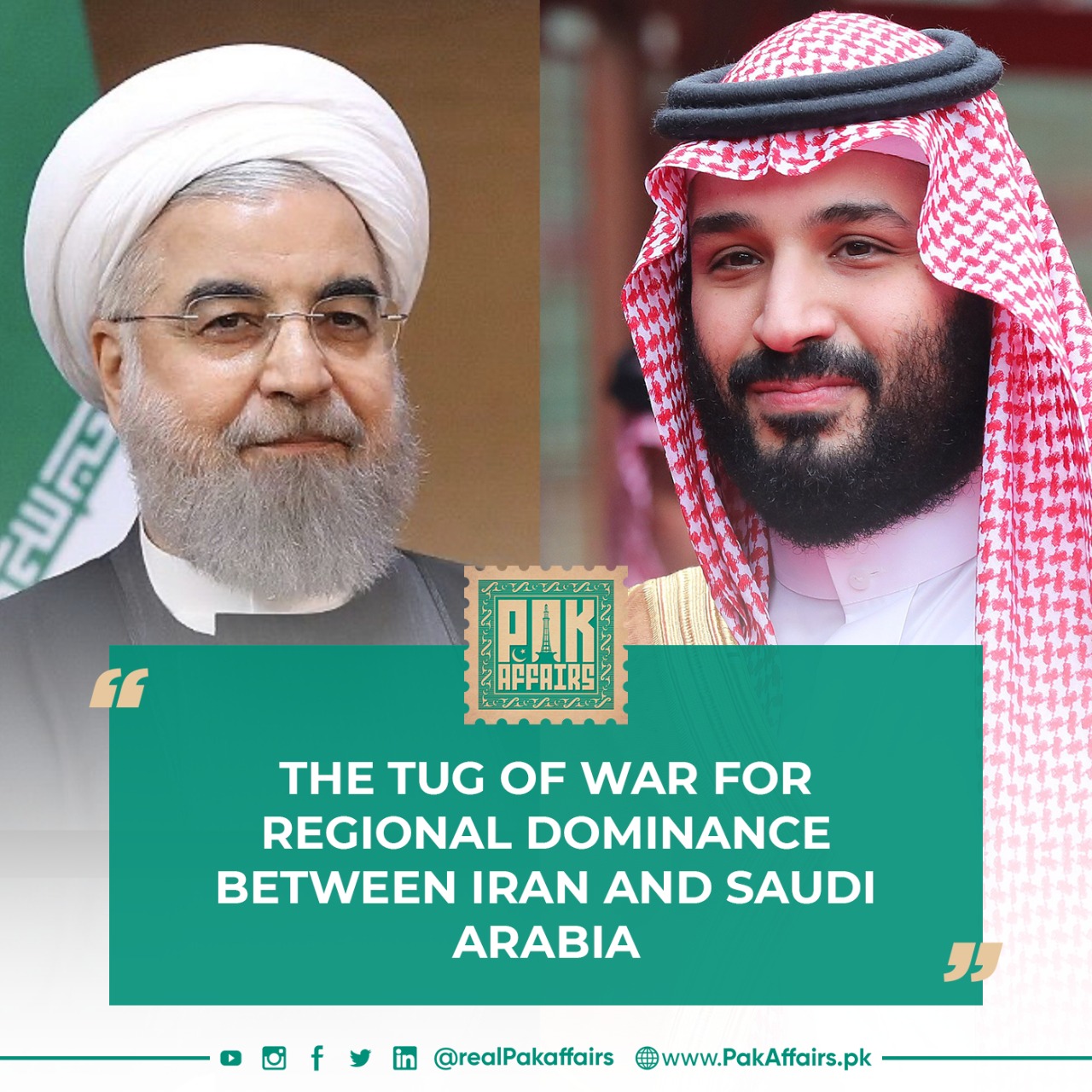
Why Iran and Saudi Arabia so hostile to each other?
The two countries have long been engaged in a fierce battle for regional dominance.
Saudi Arabia and Iran are known for their hostility in their constant struggle for dominance in the region. However, the recent escalation of tensions has once again exposed their hostility.
Why do Iran and Saudi Arabia hate each other? What makes them the most bitter opponent? And how does this affect political dynamics in the region?
Well, here it is.
Two factors primarily cause conflict between the two most influential neighbors. Their frustration for regional domination Religious differences The animosity between the two Muslim countries has increased mainly due to religious differences, as each follows two main branches of Islam. While Iran dominates Shia Muslims, Saudi Arabia recognizes itself as dominated by Sunni Islam.
As both countries see themselves as an option for followers of the two far-flung branches of Islam, their animosity affects Sunnis and Shiites in the Middle East as well as in other parts of the world. Bitter after the 1979 revolution:
The history of Islam has a strong relationship with the Kingdom of Saudi Arabia. As the birthplace of religion, the monarchy secured the status of the sole, immovable leader of the global Muslim community. However, after 1979, the scene changed.
US-led invasion of Iraq in 2003:
Over the past two decades, Saudi-Iranian relations have deteriorated. Political events in the region have fueled tensions. In 2003, US-led Iraq overthrew Saddam Hussein. Saddam, a Sunni Arab, was a staunch opponent of Iran’s growing influence in Iraq. His ouster resulted in the establishment of a Shiite-majority government in Baghdad. Since then, Iraq has been a critical stage in the Iran-Saudi conflict, where Iranian influence is growing. The 2011 uprisings in the Arab world, which led to political instability in the region, provided a golden opportunity for both countries to increase their influence in the region, especially in Syria, Bahrain, and Yemen.
Who are their allies?

Whose upper hand is it?
“Strategic animosity is intensifying because Iran is winning the regional struggle in many ways,” defense and diplomatic correspondent Jonathan Marks wrote in an article for the BBC.

President Bashar al-Assad, backed by Iran and Russia, has succeeded in rooting out Saudi-backed rebel groups. Marx further writes that Crown Prince Muhammad bin Salman’s “militancy adventure” to curb Iranian influence is a source of growing tension.
“He is fighting the Houthi rebel movement in neighboring Yemen, in part to curb Iranian influence there, but four years later it is proving to be a costly gamble.”
“He is fighting the Houthi rebel movement in neighboring Yemen, in part to curb Iranian influence there, but four years later it is proving to be a costly gamble.”
Iran VS Saudi Arabia | Military strength:

It is highly unlikely that the two countries will ever fully engage in direct war. The United States, Saudi Arabia, and its allies see Iran as a “power of instability” in the Middle East, which is why they see it as necessary to counter Tehran’s growing influence wherever necessary.



